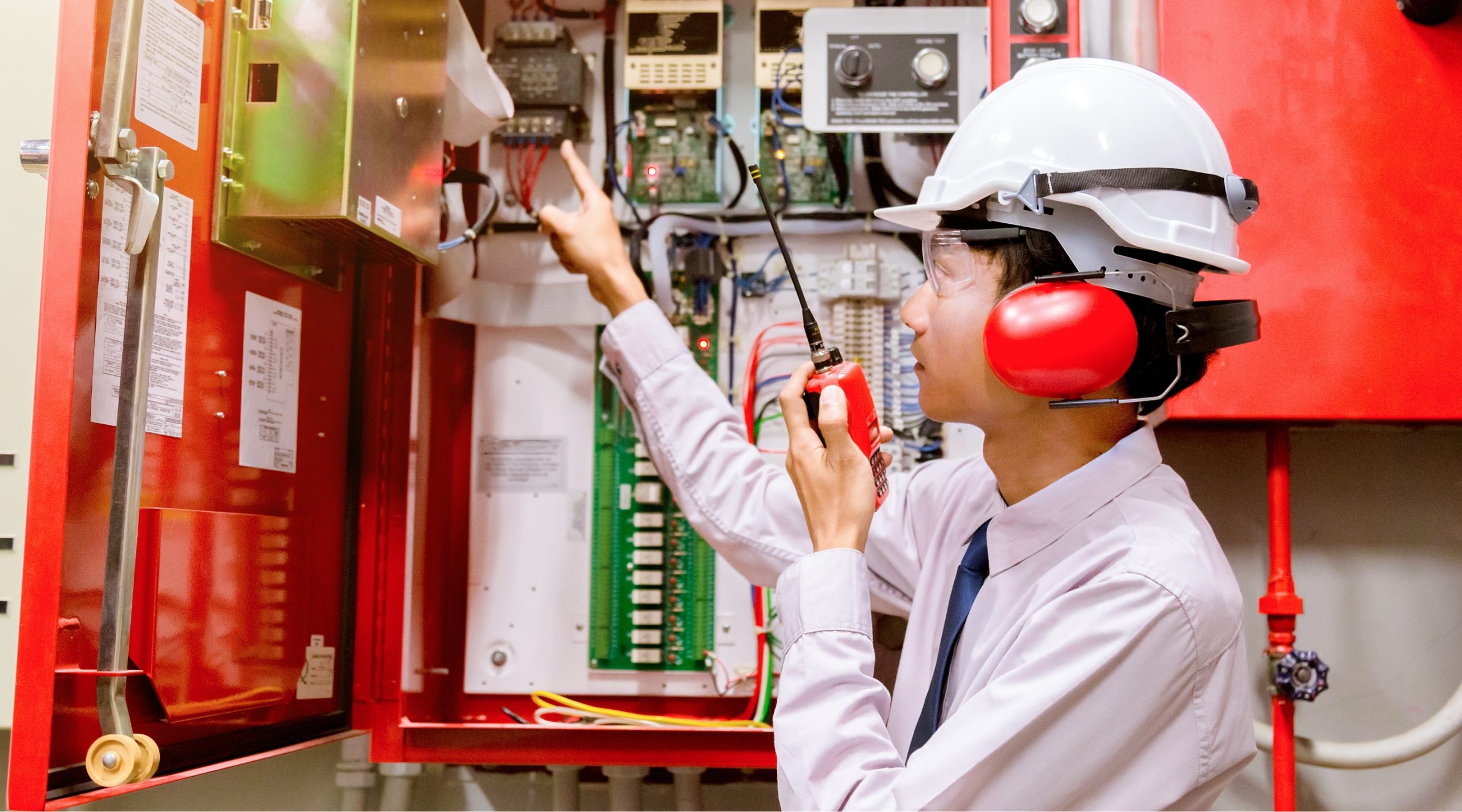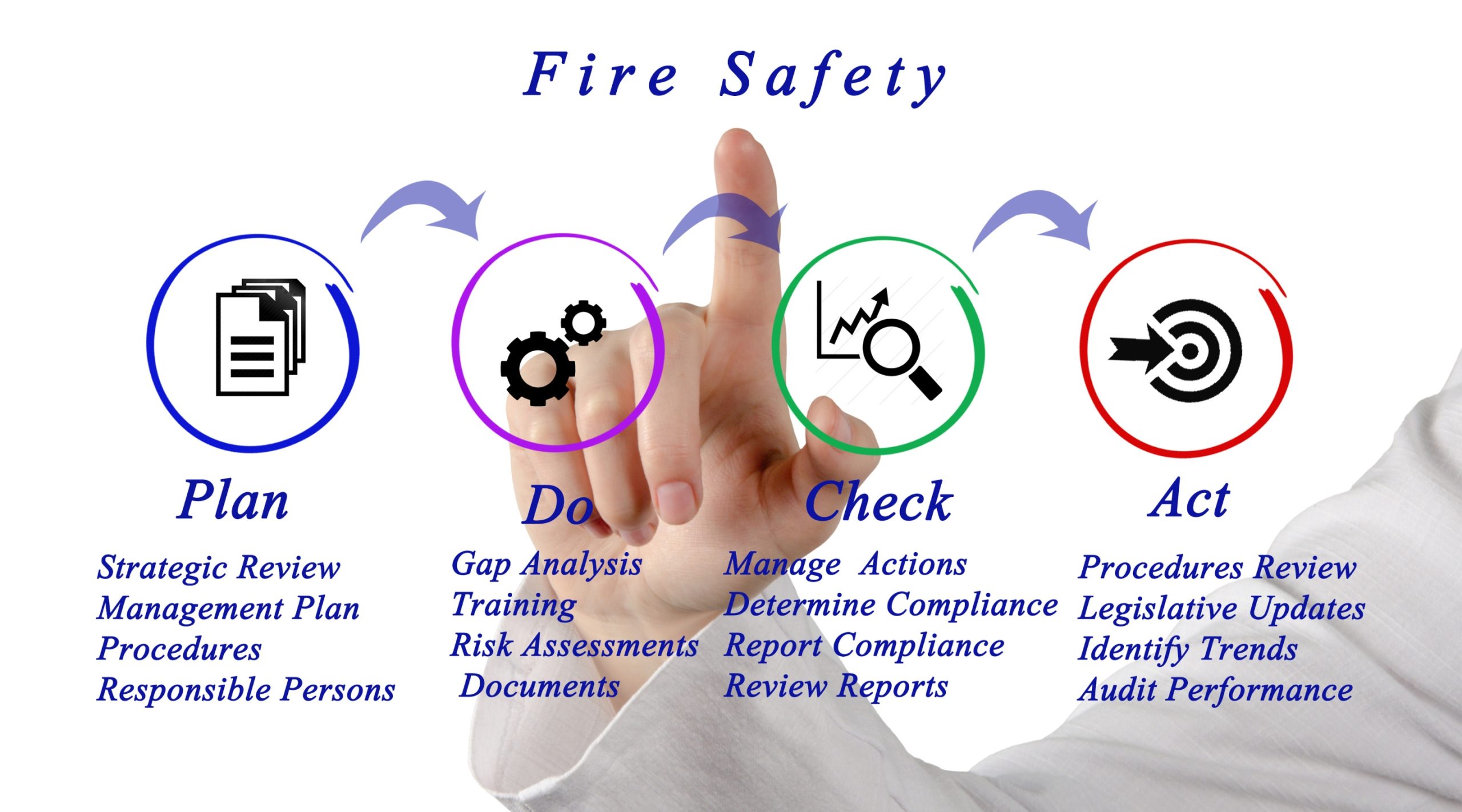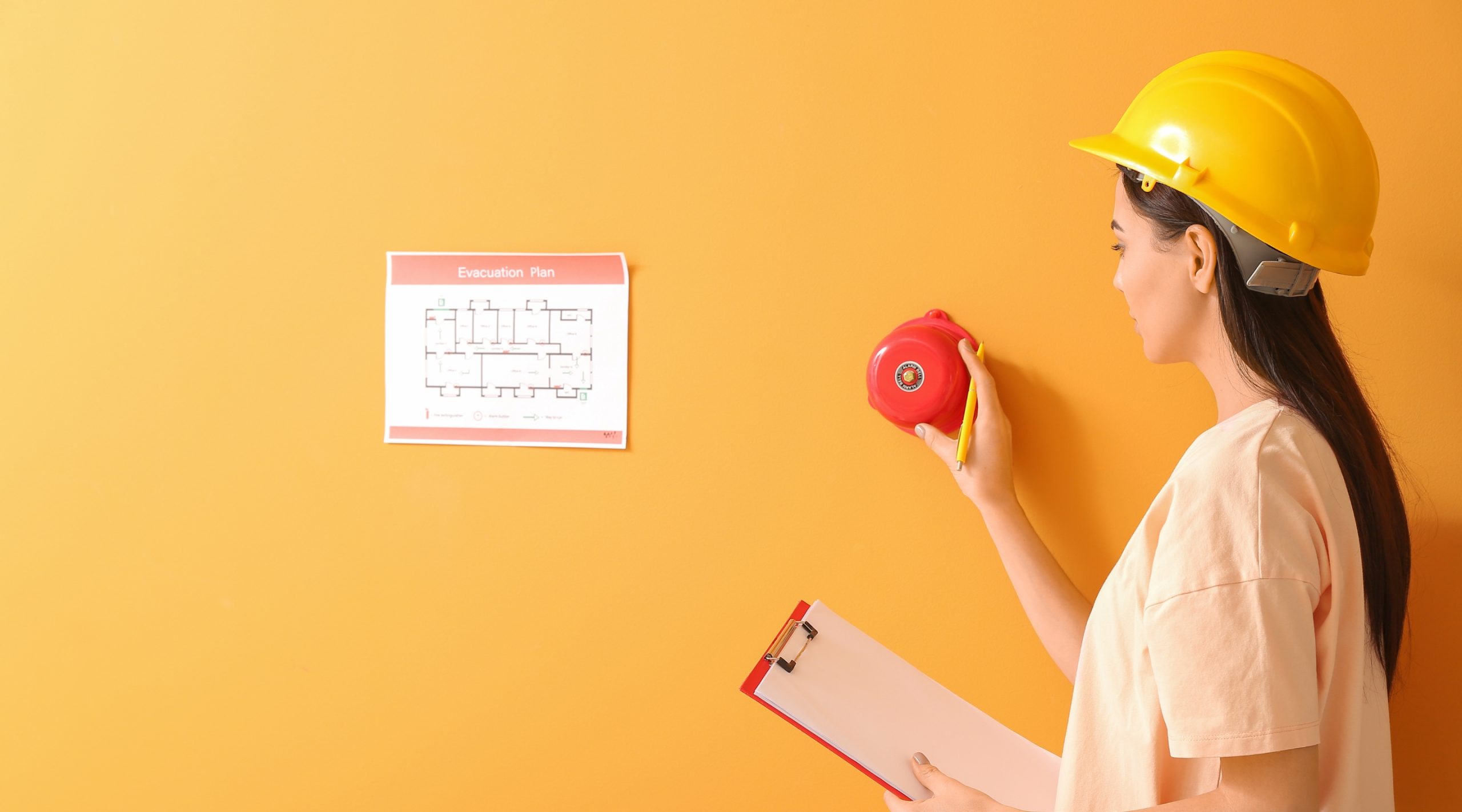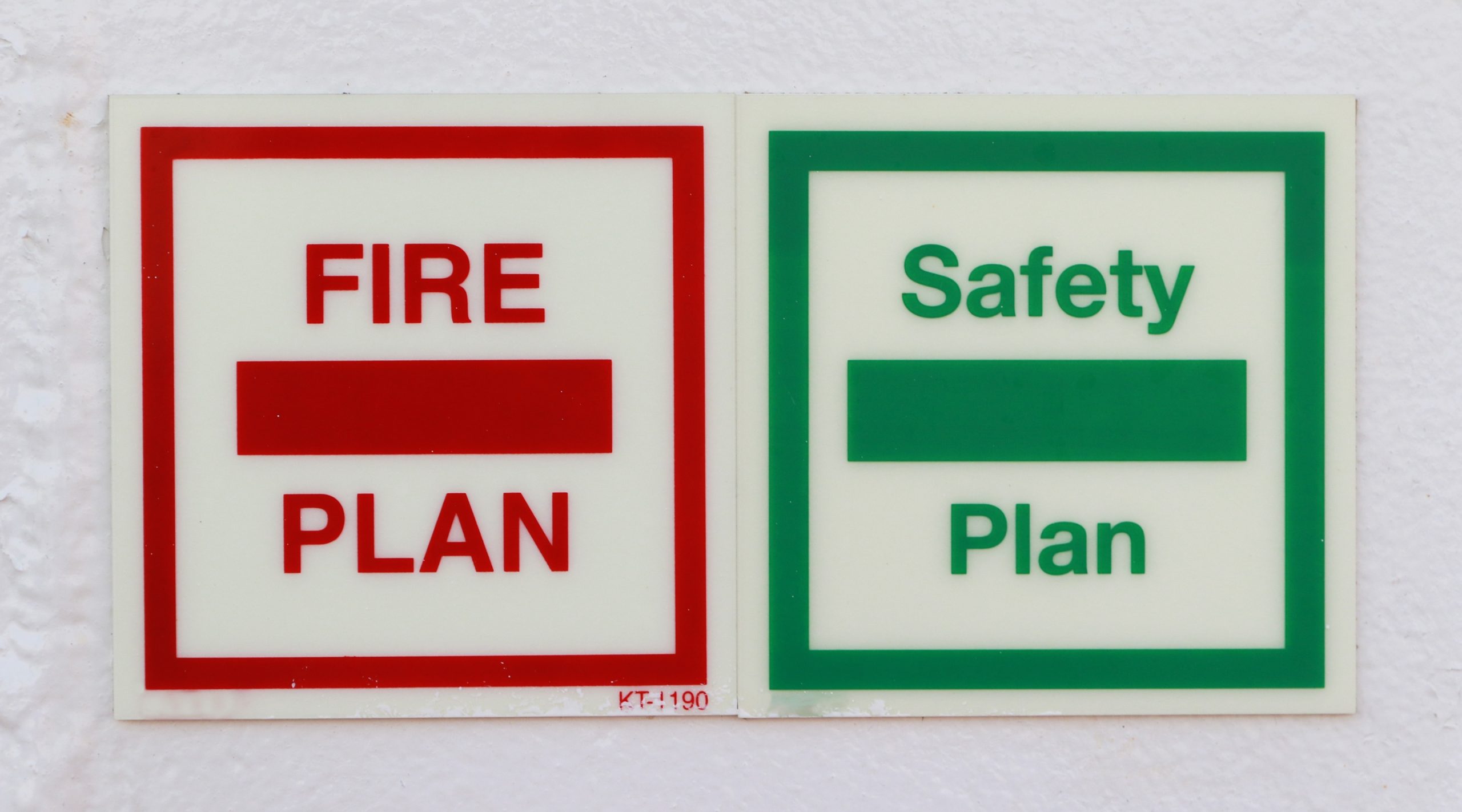How to Ensure Your Business is Fully SCDF Fire Safety Compliant
Introduction
Fire safety compliance is a critical aspect of running a business in Singapore. The Singapore Civil Defence Force (SCDF) enforces stringent fire safety regulations to safeguard lives and properties. Non-compliance can result in fines, business disruption, and legal consequences. This guide will walk you through the key steps to ensure your business is fully SCDF fire safety compliant.
Understand SCDF Fire Safety Regulations
The SCDF enforces the Fire Safety Act and Fire Code, which outline the fire safety requirements for buildings and businesses. The Fire Code provides detailed specifications on fire prevention, escape routes, fire alarms, and suppression systems. Staying updated with the latest SCDF regulations is essential to maintaining compliance.
Obtain the Necessary Fire Safety Certifications
Depending on your business type and premises, you may need one or more of the following certifications:
Fire Safety Certificate (FSC): Required for newly constructed buildings before they can be occupied.
Temporary Fire Permit (TFP): Needed for buildings under temporary occupation.
Fire Certificate (FC): Mandatory for designated buildings, ensuring continued compliance.
Public Entertainment License (PEL) Approval: Required for businesses such as nightclubs and event venues.
Engage a Qualified Fire Safety Engineer or Consultant
Hiring a Singapore fire safety company ensures your business adheres to all SCDF requirements. These professionals help with fire risk assessments, preparation of fire safety plans, and submission of necessary documents to SCDF.
Conduct Regular Fire Risk Assessments
A fire risk assessment identifies potential hazards and evaluates the effectiveness of existing fire safety measures. Key areas to assess include:
Fire hazards (flammable materials, electrical faults, etc.)
Evacuation routes and exit accessibility
Fire detection and suppression systems
Staff awareness and training
Ensure your premises are equipped with the necessary fire safety systems:
Fire alarms and smoke detectors
Fire extinguishers and hose reels
Automatic sprinkler systems
Emergency lighting and exit signs
Regular maintenance and servicing of fire safety equipment are crucial for compliance.
Develop a Fire Emergency Plan
SCDF requires businesses to have a Fire Emergency Plan (FEP) that outlines emergency response procedures, evacuation plans, and designated fire wardens. Conduct fire drills at least once a year to ensure all employees are familiar with emergency protocols.
Appoint a Fire Safety Manager (FSM) if Required
Certain premises, such as high-rise commercial buildings and large public spaces, must appoint a Fire Safety Manager (FSM). The FSM is responsible for implementing fire safety measures, conducting fire drills, and liaising with SCDF on compliance matters.
Ensure Proper Storage and Handling of Flammable Materials
Businesses dealing with chemicals or flammable substances must adhere to SCDF’s Hazardous Materials (HazMat) regulations. Store these materials in approved containers, maintain proper ventilation, and label all hazardous items clearly.
Comply with Fire Safety Audit and Inspections
SCDF conducts periodic fire safety audits and inspections. Be prepared by keeping all fire safety records, equipment maintenance logs, and certification documents up to date. Address any non-compliance issues promptly to avoid penalties.
Stay Updated with SCDF Guidelines
SCDF frequently updates its fire safety requirements. Business owners should regularly check the SCDF website or engage with fire safety professionals to stay informed about any regulatory changes.
Conclusion
Fire safety compliance is not just a legal obligation but a crucial responsibility for every business owner. By following SCDF regulations, obtaining necessary certifications, maintaining fire safety systems, and training employees, you can create a safer work environment and avoid legal repercussions. Investing in fire safety today protects your business, employees, and customers in the long run.
For more details on SCDF fire safety compliance, visit SCDF’s official website or consult a certified fire safety company in Singapore.





